White cichlid - Vieja argentea
Scientific name: Vieja argentea
Common name: White cichlid
Family: Cichlidae
Usual size in fish tanks: 25 - 29 cm (9.84 - 11.42 inch)
014
Recommended pH range: 6.6 - 7.4
Recommended water hardness: 5 - 20°N (89.29 - 357.14ppm)
0°C 32°F30°C 86°F
Recommended temperature range: 24 - 28 °C (75.2 - 82.4°F)
The way how these fish reproduce: Spawning
Where the species comes from: Central America
Temperament to its own species: peaceful
Temperament toward other fish species: aggressive to smaller
Usual place in the tank: Middle levels
Origin of the Fish
The White Cichlid (Vieja argentea) is native to the slow-moving rivers and lakes of Central America, specifically in Mexico and Guatemala. In the wild, they inhabit areas with sandy or muddy substrates, surrounded by rocks and driftwood that provide natural hiding spots. These waters are typically soft, slightly acidic to neutral, and often experience seasonal changes in temperature and water level. This natural habitat provides plenty of cover and feeding opportunities, which is essential to mimic in an aquarium setup.
Lifespan
White Cichlids can live for 4-5 years in captivity, provided they receive proper care. Their lifespan can be affected by factors such as tank size, water quality, diet, and stress levels. Keeping a spacious, clean tank with stable water parameters is crucial for maximizing their life expectancy. Sudden changes in temperature or water chemistry can lead to stress and health issues, potentially shortening their lifespan.
Short Description
The White Cichlid is a large, territorial species with a striking silver-white body and shimmering scales. In captivity, they grow to an impressive 25-29 cm (9.84-11.42 inches). Due to their aggressive nature, they require a tank of at least 150 cm (5 feet) in length. These cichlids are known to rearrange their surroundings, moving rocks and other décor as they establish territories. Not recommended for beginners, they thrive best in the hands of aquarists experienced in maintaining large, carefully monitored tanks.
General Care
White Cichlids are known for their aggressive behavior, especially toward smaller or less dominant fish. A tank of at least 150 liters (40 gallons) is required for a pair, though a larger setup of 300 liters (80 gallons) or more is ideal to reduce territorial disputes. Decorate the tank with rocks, driftwood, and caves to provide hiding places. Avoid live plants, as White Cichlids are notorious for uprooting and damaging them.
The tank substrate can be sandy or gravel, mimicking their natural habitat. Soft lighting is preferable to help reduce stress. Maintain a water temperature of 24-28°C (75.2-82.4°F) and a pH range of 6.6-7.4. Water hardness should be between 5-20°N (89.29 - 357.14 ppm). Due to their size and waste production, invest in a powerful filtration system. Perform regular water changes of 20-30% weekly, and monitor ammonia, nitrite, and nitrate levels to ensure water quality.
Compatible Tankmates
White Cichlids are aggressive toward smaller fish but can coexist with other large, similarly tempered cichlids that can hold their own. Suitable tankmates include:
- Firemouth Cichlid (Thorichthys meeki)
- Jack Dempsey Cichlid (Cichlasoma octofasciatum)
- Green Terror Cichlid (Aequidens rivulatus)
- Oscar Cichlid (Astronotus ocellatus)
Introduce tankmates gradually and monitor interactions to ensure compatibility. Adding the White Cichlid to the tank last can help reduce initial aggression, as existing fish will have already established territories.
Food and Feeding
White Cichlids are omnivores that require a varied diet. Offer high-quality cichlid pellets or flakes as the main staple, supplemented with live or frozen foods like chopped earthworms, bloodworms, and brine shrimp. Including vegetable matter such as spinach, peas, or spirulina flakes in their diet will enhance coloration and overall health. Feed them in small portions 2-3 times daily to avoid overfeeding, and promptly remove uneaten food to maintain water quality.
Sexing
Sexing White Cichlids can be difficult, as physical differences between males and females are subtle. Males tend to grow slightly larger and may exhibit more vibrant coloration during breeding periods. Observing their behavior during spawning is often the most reliable way to identify their gender, as males typically display increased territorial aggression.
Breeding
Breeding White Cichlids is relatively straightforward. Place a bonded pair in a breeding tank with plenty of hiding spots. Carefully observe their interactions, as excessive bullying of the female may require temporary separation before reintroduction. During spawning, the pair will dig a pit in the substrate to lay up to 1,000 eggs.
The eggs hatch in about three days, and the fry become free-swimming shortly afterward. Feed the fry newly hatched brine shrimp or finely crushed flake food. Monitor the parents' behavior, as they may become aggressive toward the fry. If necessary, remove the parents to ensure the fry's safety and proper development.
Health and Disease Prevention
White Cichlids are generally hardy but can be prone to common cichlid diseases, such as ich and fin rot, especially if water quality is not maintained. Watch for signs of stress, such as color loss or erratic swimming. Regularly test water parameters and maintain a consistent cleaning schedule to prevent the build-up of harmful toxins.
Conclusion
The White Cichlid is a stunning and dynamic addition to large aquariums. They are ideal for experienced aquarists who can meet their specific care requirements. By providing a spacious tank, suitable tankmates, a varied diet, and stable water conditions, these aggressive but fascinating cichlids can thrive and display their natural behaviors in captivity.
Pictures
Bought by aqua-fish.net from jjphoto.dk.
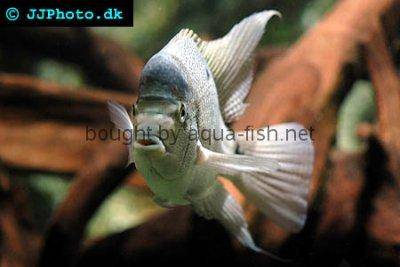




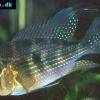 Thread-finned
Thread-finned 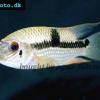 Acara
Acara 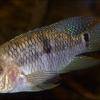 Yellow
Yellow 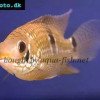 Patrick's
Patrick's 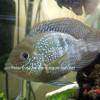 Blue
Blue 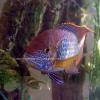 Green
Green 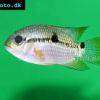 Acara
Acara 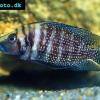 White
White 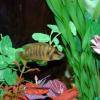 Compressed
Compressed 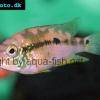 Pastel
Pastel 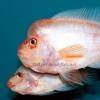 Midas
Midas 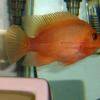 Red
Red 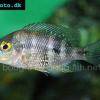 Bluemouth
Bluemouth 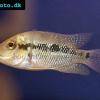 False
False 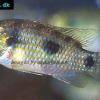 African
African 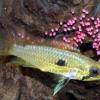 Agassiz's
Agassiz's 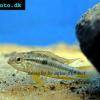 Banded
Banded 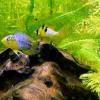 Yellow
Yellow 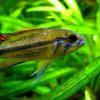 Cockatoo
Cockatoo 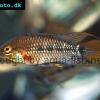 Blue
Blue 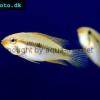 Blackstripe
Blackstripe 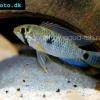 Highfin
Highfin 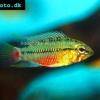 Redstripe
Redstripe 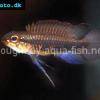 Threadfinned
Threadfinned 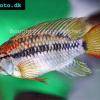 Macmaster’s
Macmaster’s 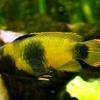 Panda
Panda 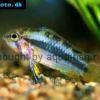 Norbert’s
Norbert’s 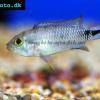 Blue
Blue 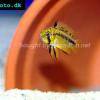 Thin-line
Thin-line 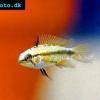 Three-striped
Three-striped 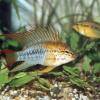 Viejita
Viejita 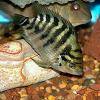 Flier
Flier 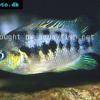 Archocentrus
Archocentrus 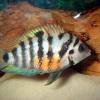 Convict
Convict 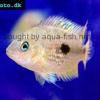 Seven
Seven 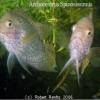 Spiny
Spiny 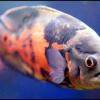 Oscar
Oscar 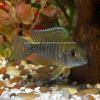 Sunshine
Sunshine 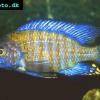 Chitande
Chitande 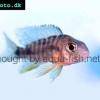 Firebird
Firebird 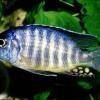 Midnight
Midnight 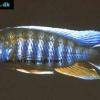 Lake
Lake 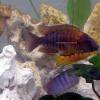 Sunshine
Sunshine 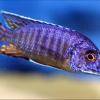 Aulonocara
Aulonocara 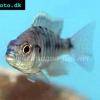 Nyasa
Nyasa 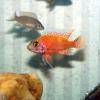 Ruby
Ruby 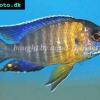 Grants
Grants 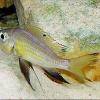 Aulonocranus
Aulonocranus 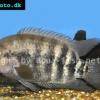 Chameleon
Chameleon 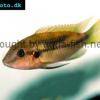 Benitochromis
Benitochromis 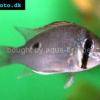 Orinoco
Orinoco 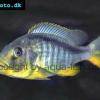 Yellow
Yellow 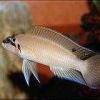 Brichard’s
Brichard’s 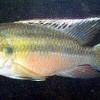 Guenther’s
Guenther’s 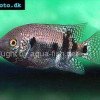 Southern
Southern 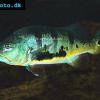 Cichla
Cichla 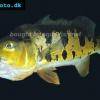 Peacock
Peacock 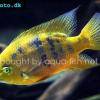 Chiseltooth
Chiseltooth 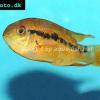 Bolivian
Bolivian 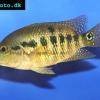 Red
Red 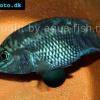 Many-pointed
Many-pointed 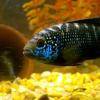 Jack
Jack 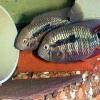 Red
Red 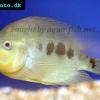 Three
Three 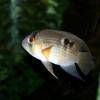 Keyhole
Keyhole 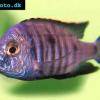 Azureus
Azureus 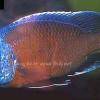 Red
Red 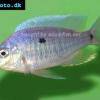 Jackson’s
Jackson’s 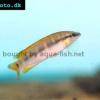 Crenicichla
Crenicichla 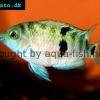 Honduran
Honduran 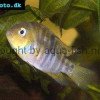 Blue-eye
Blue-eye 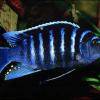 Afra
Afra 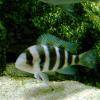 Frontosa
Frontosa 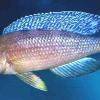 Slender
Slender 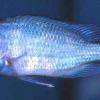 Malawi
Malawi 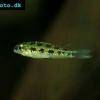 Chequerboard
Chequerboard 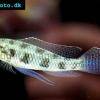 Checkerboard
Checkerboard 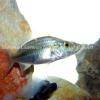 Malawi
Malawi 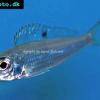 Ectodus
Ectodus 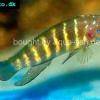 Tanganyika
Tanganyika 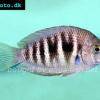 Canara
Canara 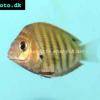 Green
Green 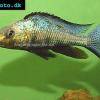 Rostratus
Rostratus 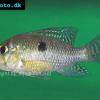 Pearl
Pearl 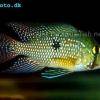 Geophagus
Geophagus 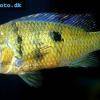 Yellowhump
Yellowhump 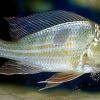 Suriname
Suriname 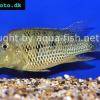 Redhump
Redhump 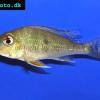 Red
Red 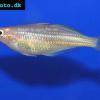 Dority’s
Dority’s 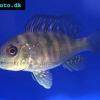 Argentine
Argentine 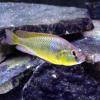 Burton’s
Burton’s 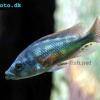 Victoria
Victoria 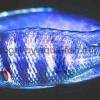 Haplochromis
Haplochromis 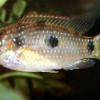 Jewel
Jewel 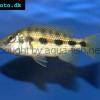 Banded
Banded 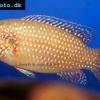 Lifalili
Lifalili 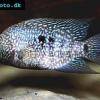 Lowland
Lowland 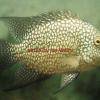 Texas
Texas 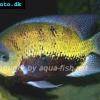 Pantano
Pantano 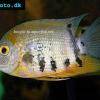 Severum
Severum 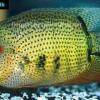 Banded
Banded 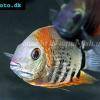 Severum
Severum 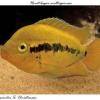 Rainbow
Rainbow 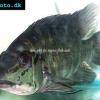 Parrot
Parrot 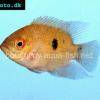 Chocolate
Chocolate 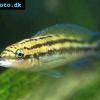 Brown
Brown 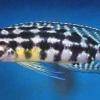 Marlieri
Marlieri 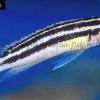 Golden
Golden 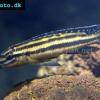 Striped
Striped 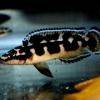 Masked
Masked 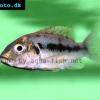 Konye
Konye 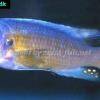 Blue
Blue 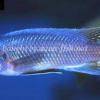 Trewavas
Trewavas 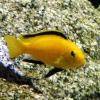 Electric
Electric 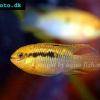 Dwarf
Dwarf 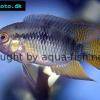 Redbreast
Redbreast 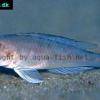 Lamprologus
Lamprologus 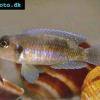 Gold
Gold 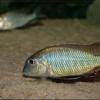 Greenface
Greenface 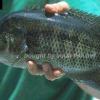 Mayan
Mayan 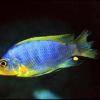 Aurora
Aurora 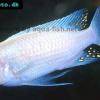 Blue
Blue 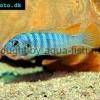 William’s
William’s 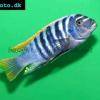 Zebra
Zebra 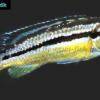 Malawi
Malawi 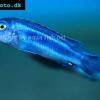 Blue
Blue 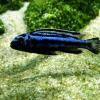 Blue
Blue 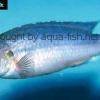 Mbuna
Mbuna 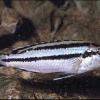 Parallel
Parallel 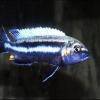 Purple
Purple 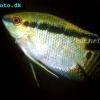 Flag
Flag 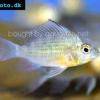 Bolivian
Bolivian 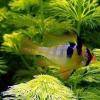 Ram
Ram 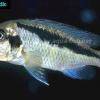 Basket
Basket 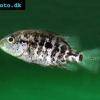 Haitian
Haitian 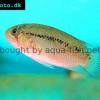 Zebra
Zebra 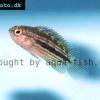 Striped
Striped 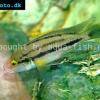 Neolamprologus
Neolamprologus 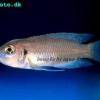 Brevis
Brevis 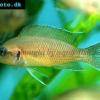 Fairy
Fairy 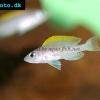 Neolamprologus
Neolamprologus 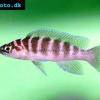 Cylindricus
Cylindricus 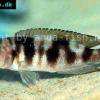 Hecq’s
Hecq’s 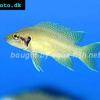 Neolamprologus
Neolamprologus 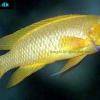 Lemon
Lemon 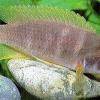 Mustax
Mustax 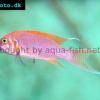 Daffodil
Daffodil 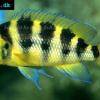 Six-bar
Six-bar 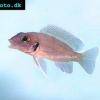 Five-bar
Five-bar 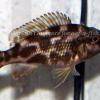 Marbled
Marbled 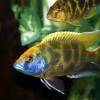 Giraffe
Giraffe 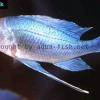 Blue
Blue 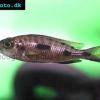 Sulphurhead
Sulphurhead 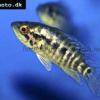 Wolf
Wolf 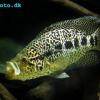 Jaguar
Jaguar 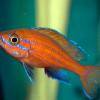 Blue
Blue 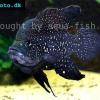 Marakeli
Marakeli 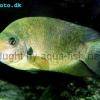 Madagascar
Madagascar 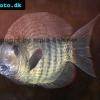 Pinstripe
Pinstripe 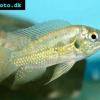 Pelmatochromis
Pelmatochromis 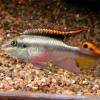 Kribensis
Kribensis 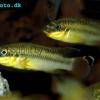 Striped
Striped 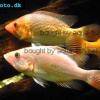 Red
Red 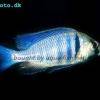 Deepwater
Deepwater 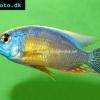 Fenestratus
Fenestratus 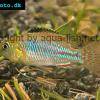 Nichols’
Nichols’ 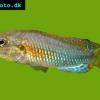 Southern
Southern 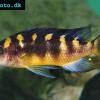 Bumble
Bumble 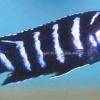 Demason’s
Demason’s 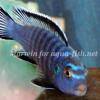 Slender
Slender 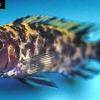 Red
Red 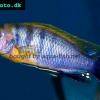 Mbuna
Mbuna 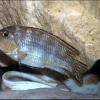 Malawi
Malawi 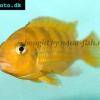 Kenyi
Kenyi 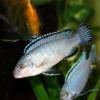 Powder
Powder 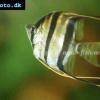 Altum
Altum 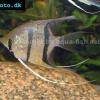 Angelfish
Angelfish 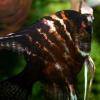 Angelfish
Angelfish 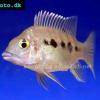 East
East 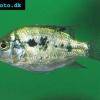 Juba
Juba 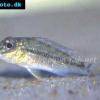 Earth
Earth 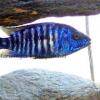 Electric
Electric 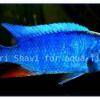 Azure
Azure 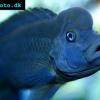 Lionhead
Lionhead 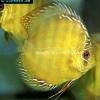 Discus
Discus 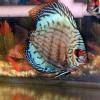 Blue
Blue 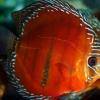 Red
Red 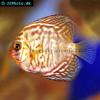 Zebra
Zebra 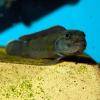 Brichard’s
Brichard’s 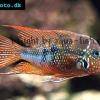 Blue
Blue 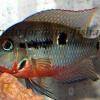 Firemouth
Firemouth 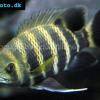 Zebra
Zebra 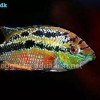 Yellow
Yellow 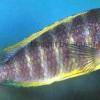 Blue
Blue 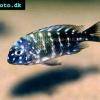 Dwarf
Dwarf  Blunthead
Blunthead 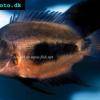 The
The 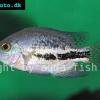 Twoband
Twoband 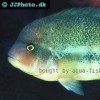 Fenestratus
Fenestratus 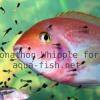 Window
Window 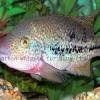 Tailbar
Tailbar 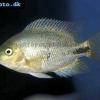 Black
Black 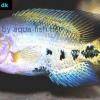 Redhead
Redhead 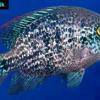 Oaxaca
Oaxaca 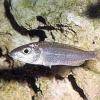 Xenotilapia
Xenotilapia